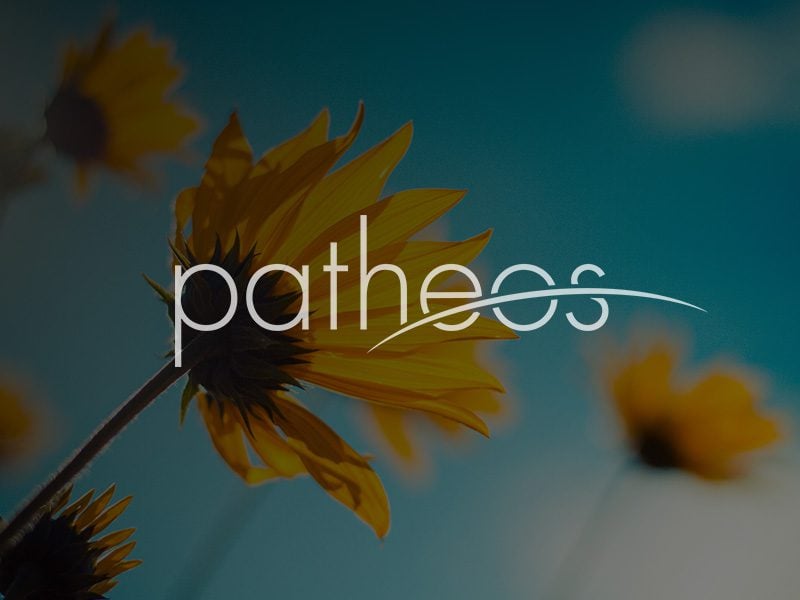Earlier today, on Charles Arnold’s e-group on Linkedin, someone expressed surprise that the fundamentalist Christians are attacking Pagans more and more viciously. I think such surprise can arise only from not understanding what Paganism is now all about.
Most people, including Pagans, are not well-informed about their religion or about religion in general. However, the percentage of well-informed people in current Pagan religions, and especially in the Craft, is significantly higher than in many other faith communities. One cannot do much about people who are too lazy to become well-informed, but at least Pagans are not heavily invested in trying to keep people stagnated in childish beliefs and in attacking anyone who questions the accuracy or adequacy of those beliefs.
Let me be blunt. If you are surprised at how vicious the attack on Pagans by fundamentalists of all sorts has become, that’s because you have not done the work needed to become well-informed. (For accuracy, let me note that the Craft movement is not a subset of the Pagan Movement. They are two separate movements that overlap a good deal, but not entirely. There are Witches who are not Pagans, just as there are Pagans who are not Witches.)
There was almost no opposition to the Craft or Paganism back in the 1970s, because the movements were so small and so low key that they were invisible to the general public. In 1975, there were just about 100 covens that had announced their existence in Green Egg or other Pagan journals; hence there might have been about 200 covens in America at most, but certainly nothing like 1000. At that time, I was trying to persuade scholarly presses to publish my research on Gardnerian history. That got nowhere, because those editors did not believe that a Witchcraft movement existed, or that the topic of Witchcraft would ever be of any importance at all. They thought I might as well have been trying to prove the existence of Leprechauns. The secrecy of the Craft at that time allowed the Craft to grow large enough to hold its own once its existence became obvious. As it has become more visible, the opposition to it has steadily increased. That could have been and was predicted.
Such opposition is neither accidental nor groundless. The Craft was designed to oppose the pathological versions of Christianity; that’s why “Witchcraft” was chosen as the name for the movement. That choice was a political decision. Calling oneself a Witch does say, “In your face, you Nazis!” (or whatever other term you’d like to insert). The choice was made collectively by the founders, perhaps not entirely consciously (though I’m pretty sure it was conscious on GBG’s part). The intent to confront and the hope to disempower the travesty of religion that the institutional churches had degenerated into was inherent in the movement from the first glimmerings of thought that led to the reinvention of an idealized Paganism. And that’s looking back to the literary inspirers of Paganism such as Pico della Mirandola, Swinburne, and most of the geniuses in the HOGD.
It was, I believe, Jules Michelet who first proposed in the nineteenth century that the people martyred by the witch hunts were actually leftover Pagans. When Margaret Murray took that concept and built on it, it was inevitable that British occultists would attempt to recreate the religion she described; James Webb has given many examples of that pattern. I suspect that is how the New Forest group now identified by Philip Heselton originated in the 1920s. However, the first attempt that succeeded was that by Gerald Gardner and Edith Woodford-Grimes in the late 1940s.
To call oneself a Witch is to identify with those who were destroyed and to confront the heirs of the destroyers. The name itself says to the establishment, “Your religion is no longer fit for human consumption.” To call oneself a Wiccan rather than a Witch is a wrong move. People do that in order to avoid the negative reactions to the word “Witch.” Of course, not everyone in the Pagan movement wants to be confrontive. It’s much nicer and easier to pretend that the Craft is just another okay religion among all the choices in the world today. But such pretense amounts to hoping that the problem will go away if one ignores it. It won’t.
I notice on one discussion group a topic labeled, “All religion is a mental illness.” No, it’s not that simple. That’s not true of all religion—but it is of at least 90% of the religions in the world right now. The Craft has been created because people need a religion that will meet their needs, not one that sets their neuroses and addictions in concrete. I’ve been rereading Scott Peck’s magnificent The Road Less Traveled. I’ll be talking a lot more about it.
I don’t want here to go into autobiographical detail about my political life in the 1950s and early 1960s. However, it was no accident that Joe and Glenn and I got involved with reinventing the Craft just when our involvement with the Peace and Freedom Party wound down in the fall of 1967. At that time I was contemplating the fact that, if one wants to create a fundamental change in the nature of society, acting only on the political level is futile. Such a change requires a change in values, and values are in the province of religion, not politics. It is religion that can be genuinely subversive—and I’m being ironic—because I mean that the extant power structure, no matter how corrupt, or perhaps especially when corrupt, will always regard any serious attempt to cause it to change as being subversive.
I’m writing this on the Fourth of July, celebrating the freedom created by our permanently subversive government, which is based on the concept that we have an unalienable right to overthrow and recreate our own government if it is not meeting out needs. Of course, we don’t actually need to overthrow it; we just pass an amendment to the Constitution; but our concept of that right is why every dictatorship, every government based on “Might makes right,” hates us. The Craft, as I conceive of it, is based on the concept that we also have the right to overthrow all established religions and create new ones that meet our needs. And you know what? That is what the First Amendment guarantees. I am now going to help my kids light the SAFE fireworks we bought from the Puyallup Tribe today.











